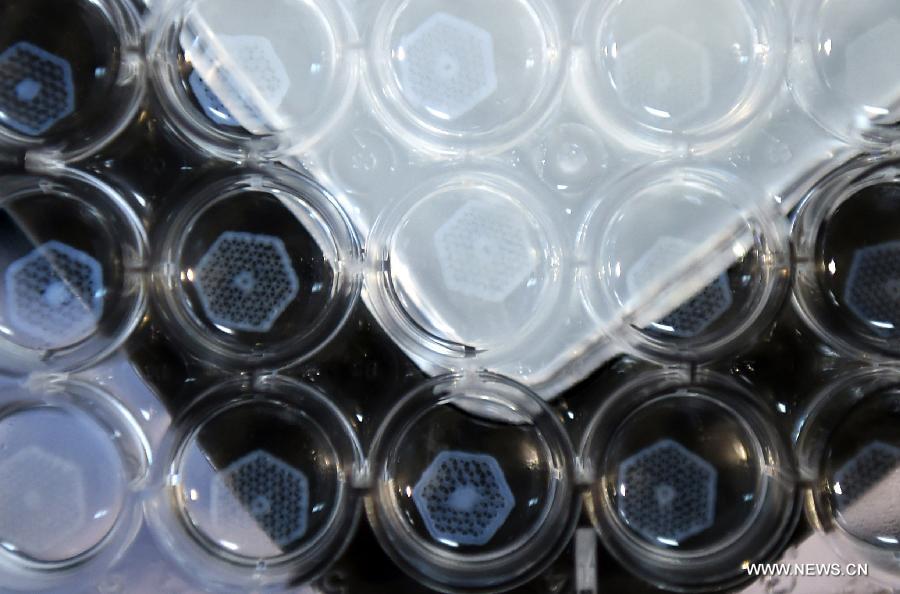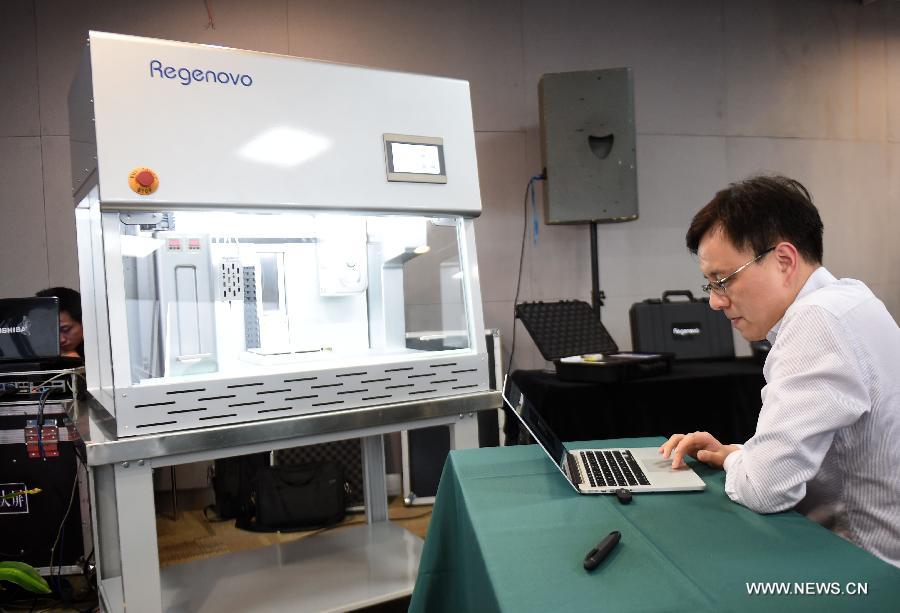Liver and kidney are among the first human tissues that scientists have set out to try to replicate through 3D bioprinting. The reason livers and kidneys are so sought after is probably because they are the organs that are most commonly transplanted and their availability – beyond donors – could drastically change the quality of life, and even save the lives of millions of people. Organovo 3D printed liver and kidney cells for research purposes, but others have already begun to envision the possibility of actually 3D printing an entire and functional liver. One of these is Regenovo, a 3D bioprinter manufacturer that spun off the Hangzhou Electronic Science and Technology University.
Producing a real, functional “bioficial” organ is incredibly complex, mainly because it requires extreme precision and multilaterial digital fabrication. One way that Regenovo approached this complexity if by breaking down an organ into its basic units. For a liver, these are the hepatic lobules, small divisions that are definite at the histological (cellular) scale.
One fascinating aspect of the hepatic lobules is that they are shaped like hexagons, one of the most commonly used shapes to represent the 3D industry, since it can be seen both as a 2D hexagon or a 3D cube. It is also the shape for highly efficient biomimicry alveolar structures. If you are fatalistic like me, you might thing that this is a sign that Regenovo is onto something.
The Chinese team, led by Professor Xu Ming’en of the Hangzhou Electronic Science and Technology University. used its bioprinter to produce the tiny sections. It takes about a million hepatic lobules to make up an entire human liver. At least we now have an order of magnitude. Whether it will simply be enough to assemble the lobules still remains to be seen, but the hexagon grid is definitely one shape 3D printers can work with.






